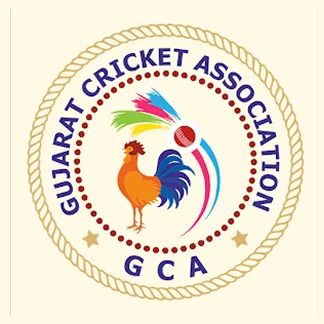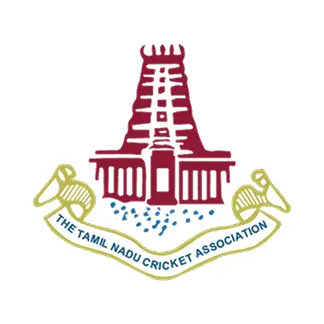The start of a new IPL season always rekindles debate upon debate but there is one question that keeps coming back like a dislodged ball on the boundary, is it better for openers to attack immediately or settle in first, it creates arguments among fans like they have just opened a WhatsApp group discussion with 67 unread messages for some reason. In a format based on chaos where teams chase 200 runs like they are out for a leisurely Sunday jog, does the age-old idea of the anchor, or a player who limits their risk in the early overs fit in?
Different Teams, Different Gears
One size doesn’t fit all anymore— (T20 cricket) What works well for Gujarat Titans won’t cut it for Punjab Kings, and that’s when the team strategy comes into play. Gujarat might want their openers to play deep, 10-12 overs, remember innings are anchored by openers. But Punjab probably wants, since even their No. 9 can hit sixes, to use the powerplay, if you’re batting to No. 9, what are you waiting for?
We’ve already seen Mumbai go bonkers in the first six overs this season and Sunrisers build through their top three, so there isn’t a cookie-cutter anymore. Teams are planning according to personnel. Do you have a Travis Head or Phil Salt? Then just go hard! Do you have a Williamson or Gill? Then go smart and long. You have to use what tools you’ve got in the shed.
The Paycheck Pressure
Let’s not kid ourselves, money is talking here. Most of the highest-paid batters in the IPL – Kohli, Rohit, Gaikwad – bat in the top three. With those paychecks comes the pressure to perform. Fans are not looking for singles to get off the mark; they want fireworks. People analyse every dot ball played by a superstar like it’s a medical report. Play slow and they are being selfish; Play hard and get out early; they are being reckless.
Not to mention the psychological pressure: the light is brighter at the top. Finishers can go all guns blazing in 12 deliveries and will still harvest praise. But the openers? They’re trying to execute aggressive responsibility— they have to have some degree of discipline. You add in the fact that you’re opening under the Impact Player rule – where someone can come in to hit – it narrows these margins of error.
Why the Powerplay Still Rules
With this in mind, we must accept it is a fact that the powerplay is still the best time to bat. With just two fielders outside circle, the field becomes a batter’s playground—wide open spaces, minimal resistance, and a green light to go full throttle on the scoreboard. Statistically, the top three batters still score the majority of T20 runs, and modern tracks, especially in India, are not the minefields they used to be.
But there is one twist this season – reverse swing is making a comeback around the middle overs. This is causing teams to change their “go long” method of thinking. If the ball starts to talk from the 7th to the 12th over, it makes sense to front-load the innings with aggression. Then throw in an Impact Player as well, and there is even more reason to swing for the fences early in the innings. This is why we are seeing teams more frequently opt for violence from ball one.
What do you think – is the archetypal anchor innings dead in the T20 world, or is it still relevant for a well-rounded team? Let me know your thoughts, cricketing community.
For more, visit JeetBuzz News to read our quality Cricket Blog updates. Explore if you want to reminisce and enjoy all of your favourite cricket players and nostalgic match moments. To ensure that you never miss out, keep updated and join in the fun!

































































































































































